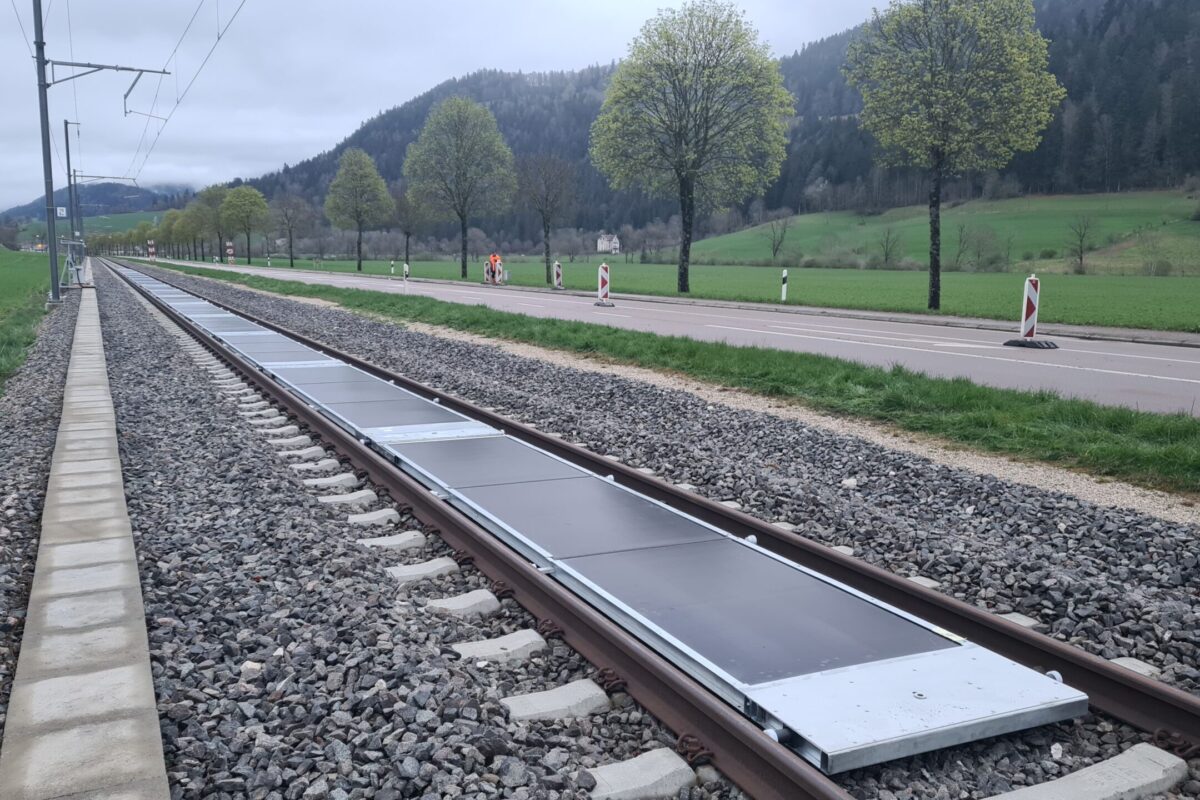A group of researchers led by the Sapienza University of Rome has developed a new water-source heat pump (WSHP) system integrating photovoltaic-thermal (PVT) energy and thermal energy storage (TES) for the production of integrated heating, cooling, domestic hot water production and electricity.
The system was developed under the umbrella of the EU-funded RESHeat research project, which is aimed at identifying renewable and energy-efficient solutions for heating and cooling, as well as domestic hot water production in multi-apartment residential buildings. “This work focuses on the Italian version of the RESHeat project,” the scientists said, noting that the proposed system adopts a hot water storage tank instead underground heat storage unit like the system versions developed for European countries at higher latitudes.
The system consists of a water-source heat pump combined with cooled photovoltaic panels, two storage units – one source side and the other side load – and a fan coil. In the proposed system configuration, the low-temperature heat from the panels is used to fill the cold well of the heat pump during the heating season. During the cooling season, the excess heat from PV panels, which reach higher temperatures, is conveyed to the domestic hot water production system.
“PVT panels provide thermal and electrical cogeneration, with the electrical energy being used to power the WSHP, any backup heaters, auxiliaries and condominium spaces, while the low-temperature heat produced during the winter period is harnessed as a source for the WSHP through the TES,” the research team explained. “In contrast, outside the heating period, from April to October, the heat produced by PVT is harnessed for DHW production, which is stored in the dedicated storage. Finally, in the summer period, the TES is connected to a DC, needed to dissipate the excess heat produced by the HP for space cooling.”
Using TRNSYS software and the multi criteria decision making (MCDM) method, the academics conducted 184 simulations to identify the ideal size of the system's components with the aim of deploying it in a social residential building with 13 apartments built around 1980 in Palombara Sabina, near Rome, Italy.
“The reference sample is the result of urban planning started in Italy in the 60s of the ‘900 to program interventions related to social buildings prior to the regulations on energy performance in buildings,” they explained, adding that the building, which is currently relying on a centralized gas heating system, has a winter and summer heat load of 61 kW and 65 kW, respectively, and a DHW consumption of 55 l/person for a total of 50 people.
In the simulations and MCDM analysis, the academics considered key parameters such us coefficient of performance (COP), solar fraction, primary energy consumption, primary energy saving, system and operating costs, as well as logistical-spatial criteria. The researchers found that the best system configuration can be achieved with 75 PVT panels totaling 25 kW divided into 15 strings, a buffer tank volume connected to the source side of the HP of 3 m³, and a volume of 1.5 m³ for the DHW thermal storage.
“The identified temperature setpoints were 25 C for the DC, while for the HP, both the operating temperatures of the evaporator and the condenser vary according to external conditions,” they further explained. “On the cold side, they range from 7 to 20 C and vary according to incident radiation and the low-temperature heat production of the PVT panels, while on the hot side, they vary according to external temperature.”
The system was described in the study “Definition of a PVT coupled water source heat pump system through optimization of individual components,” published in Energy.
“This work aims to use the building in Palombara Sabina as a pilot case for upgrading a central heating system for mild climates, to propose it as an ideal approach to be applied on a large scale to the whole social housing stock built during the 1970s–1990s, with a view to an energy renovation on an urban scale,” the researchers concluded. “The targets are system's efficiency, with a minimum seasonal COP of 5, and a minimum 70 % coverage from renewable sources focusing ambient temperature management.”
This content is protected by copyright and may not be reused. If you want to cooperate with us and would like to reuse some of our content, please contact: editors@pv-magazine.com.




Use the excess PV to power the WSHP at all times, the heat rejected by the WSHP is 5x the PV. Install ice storage for the hours the WSHP has met the space cooling load and continue dumping heat into the DHW. During the winter reject the cold to the air (dual rejection water/air), refrigerators, ice storage, or a geothermal loop.
Yeah … I developed this about 20 years ago, but incorporated refrigeration into it, and with 2 tanks (thermal mass storage) on EACH side (cold/cool — warm/hot). For 4 years of pitching it, there were no takers. I even incorporated thermal collector panels that could attach to the backs of existing PV panels.


Go figure?